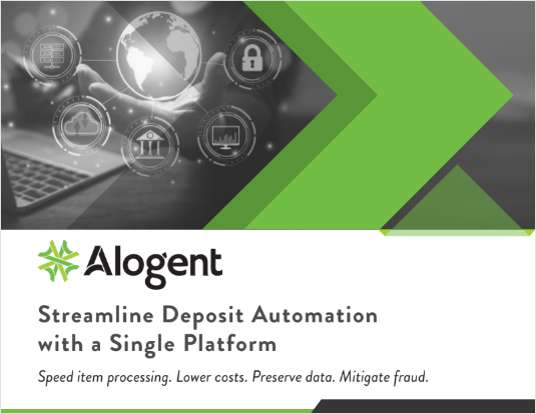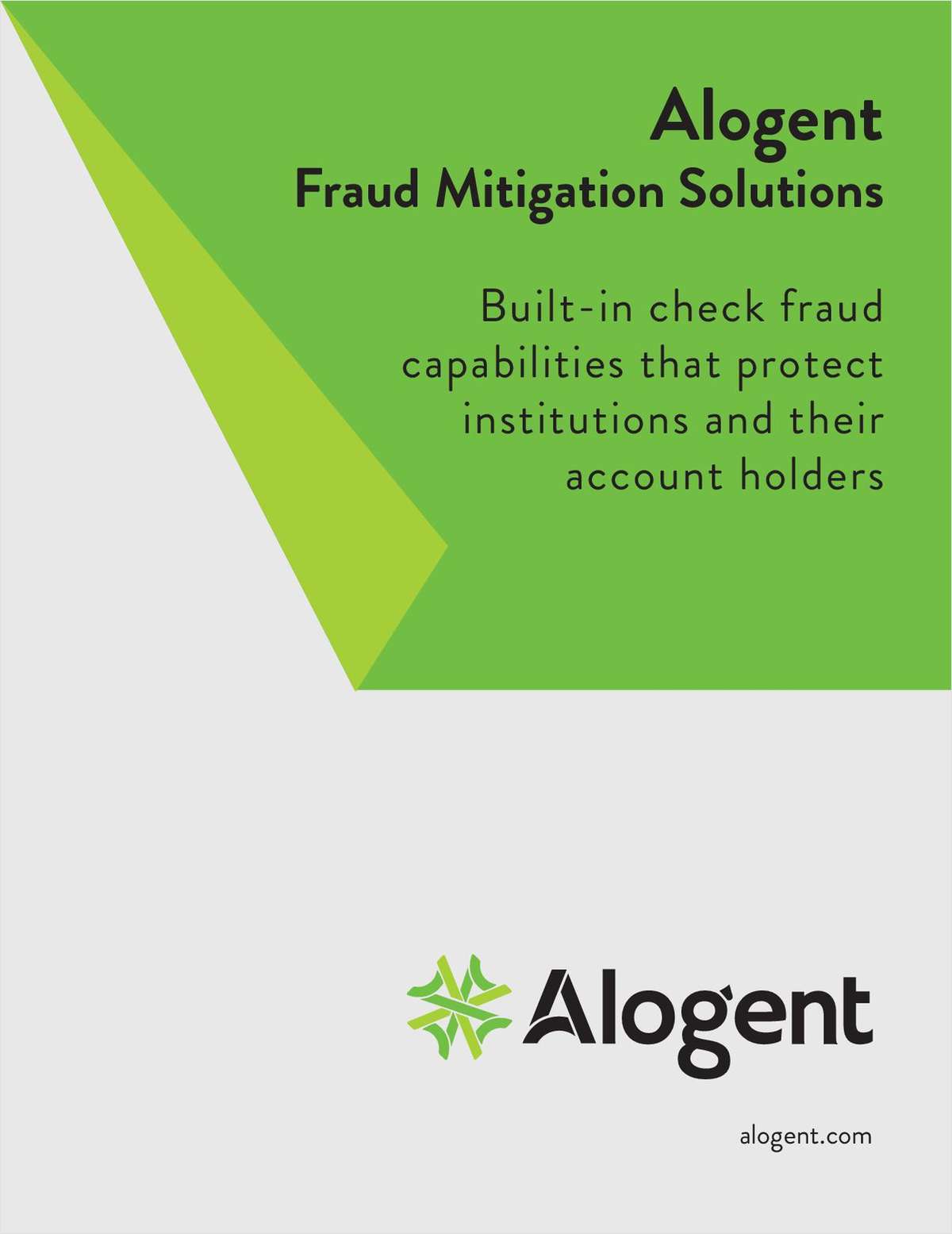NEEDHAM, Mass. – Making home equity cash available through a credit card is commonly seen as a way to generate activity in that lucrative line of business, but the numbers don't show it works. That's the take from TowerGroup senior analyst Christine Pratt, who has found that online access is becoming more attractive to the average consumer than credit card access, whose popularity and availability have been impacted by fraud concerns and credit risk to the institutions themselves. The most common way of accessing a home equity line remains by check, which currently account for 85% of all home equity line of credit (HELOC) draws, Pratt says in a new report. Meanwhile, only 3% to 4% are by credit card and 1% to 3% by debit card, Pratt says, and the only draw method showing growth is online access. And, perhaps more important than how the credit line is accessed is why it's accessed, the TowerGroup analyst says, and selective targeting and marketing could be the key to growing HELOC business. Credit unions and banks want to do just that, of course. An estimated 26 million U.S. homeowners have home equity lines, but despite a total balance of more than $850 billion the fact is that many of them don't use it. That affects interest income and capital ratios, and financial institutions seeking ways to increase activity need to consider a couple things, Pratt says. "Fraud risk should be the major mitigating factor for lenders considering card access to HELOC's. Lenders suffered high losses in the mid-90s from thieves tapping into credit cards linked to home equity lines – driving the number of institutions offering HELOC card access to decline from 45% in the late 1990s to less than 25% of lenders in 2003," her report said. Pratt, a senior analyst in TowerGroup's consumer credit practice, also says that instead of focusing on how consumers access their line of credit, lenders should look to how they use the money, and target retail financial services based on that. "To compete effectively, lenders must position HELOC's as exactly what they are – a means for big-ticket "self-lending" – and offer relevant ways for customers to put that untapped credit to use," she says. "Agonizing over, or worse yet, attempting to cost-justify card access for HELOC's is an exercise in futility. That ship has sailed," Pratt says. "Lenders need to forego looking for the quick hit and reacquaint themselves with the reasons that customers apply for home equity lines," Pratt says. "Consumers have long used HELOC's to essentially lend to themselves. By studying the types of investments HELOC customers have demonstrated are important to them, financial institutions have the opportunity to target these account holders with relevant offers – such as education trusts, discounted travel packages or long-term care insurance," the TowerGroup analyst says. "Becoming creative in unlocking the latent value in HELOC accounts will become increasingly critical as the refinancing market wanes," she says. -
Complete your profile to continue reading and get FREE access to CUTimes.com, part of your ALM digital membership.
Your access to unlimited CUTimes.com content isn’t changing.
Once you are an ALM digital member, you’ll receive:
- Breaking credit union news and analysis, on-site and via our newsletters and custom alerts
- Weekly Shared Accounts podcast featuring exclusive interviews with industry leaders
- Educational webcasts, white papers, and ebooks from industry thought leaders
- Critical coverage of the commercial real estate and financial advisory markets on our other ALM sites, GlobeSt.com and ThinkAdvisor.com
Already have an account? Sign In Now
© 2024 ALM Global, LLC, All Rights Reserved. Request academic re-use from www.copyright.com. All other uses, submit a request to [email protected]. For more information visit Asset & Logo Licensing.









